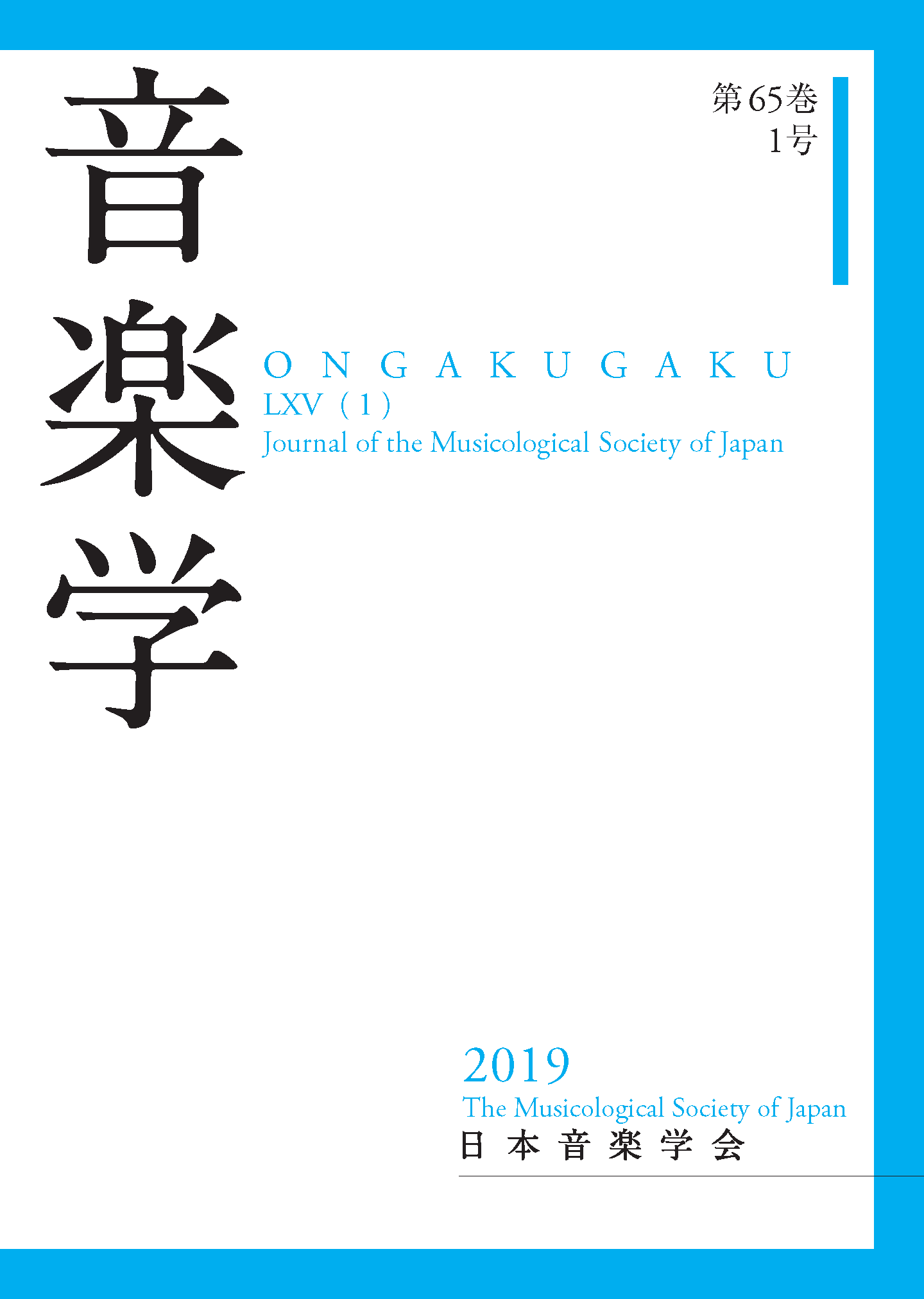Volume 65, Issue 1
Displaying 1-8 of 8 articles from this issue
- |<
- <
- 1
- >
- >|
-
2019 Volume 65 Issue 1 Pages 1-17
Published: 2019
Released on J-STAGE: October 15, 2020
Download PDF (1616K) -
2019 Volume 65 Issue 1 Pages 18-31
Published: 2019
Released on J-STAGE: October 15, 2020
Download PDF (881K) -
2019 Volume 65 Issue 1 Pages 32-49
Published: 2019
Released on J-STAGE: October 15, 2020
Download PDF (1773K) -
2019 Volume 65 Issue 1 Pages 50-52
Published: 2019
Released on J-STAGE: October 15, 2020
Download PDF (943K) -
2019 Volume 65 Issue 1 Pages 52-53
Published: 2019
Released on J-STAGE: October 15, 2020
Download PDF (950K) -
2019 Volume 65 Issue 1 Pages 54-55
Published: 2019
Released on J-STAGE: October 15, 2020
Download PDF (930K) -
2019 Volume 65 Issue 1 Pages 56-57
Published: 2019
Released on J-STAGE: October 15, 2020
Download PDF (938K) -
2019 Volume 65 Issue 1 Pages 58-59
Published: 2019
Released on J-STAGE: October 15, 2020
Download PDF (926K)
- |<
- <
- 1
- >
- >|
